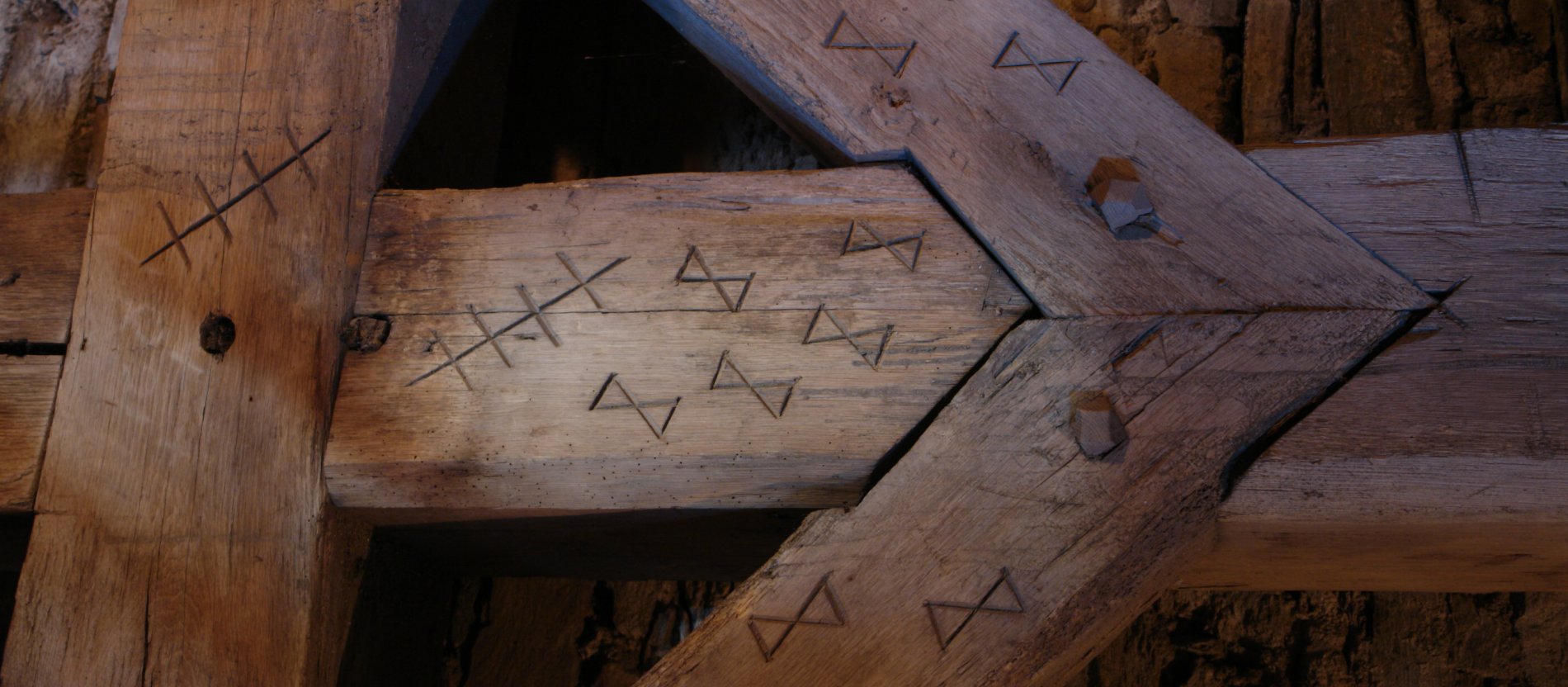location
7. NP
Research projects
Responsible person
Čtverák, M.
Responsible team
duration of the project
2023
Responsible person
Cejpová, M.
Responsible team
duration of the project
2019-2020
Annotation
The point of the work is to deepen the knowledge of historical kitchens, important but yet not fully appreciated technical monuments, by the light of their functional and structural aspects. The project is aimed on research, documentation and analysis of medieval and early modern kitchen structures in their spatial and constructional aspects on the sample included in the proponent´s thesis "Kitchens in middle Ages and Early modern period". For further documentation in the project will be chosen such kitchens, that are very well preserved or have well preserved some typical or on the contrary uncommon constructional aspect. For selected kitchens existing documentation will be considered. New means of documentation will be chosen according to the type and quality of preserved situation. We suppose geodetical measure (total station), digital 3D model created on the basis of laser scanning (point cloud) and digital textured 3D model created by photogrammetry using digital photography. For at least one chosen situation all methods will be applied to enable a comparison. The output should comprise description, documentation and spatial and constructional analysis of chosen kitchens that will make part of passports of the monuments in question, analysis of their historical development, and will be used in publication of the results of the work (proponents thesis, and some other membres of the team, specialized articles concerning individual objects and the whole together).
Responsible person
Responsible team
duration of the project
2016-2017
Annotation
The aim of the project is creating a model documentation and comparaison of the eldest preserved historical heaters and their inner (functionnal) structures with an accent on comparation with younger heaters from the rural social range and with technological facilities focusing on widening knowledge about vanished medieval and early modern heaters.
Responsible person
Uhlík, J.
Responsible team
duration of the project
2016-2017
Annotation
The project will seek answers to questions regarding forms of interaction between the then theory of monument conservation and building practice outside Prague at the turn of the 19th and 20th centuries. It will expand and fill in the existing fragmentary knowledge of this issue and, at the same time, it will create conditions for impact assessment of new findings on modern monument conservation. New knowledge will enable to enrich the teaching of monument conservation at FA CTU thus contributing to the improvement of teaching in the area of the treatment of building and urban heritage, it will provide valuable reference material for doctoral thesis of the applicant and it will contribute to strengthening of cultural memory in the surveyed regions.
Responsible person
Poláková, J.
Responsible team
duration of the project
2014
Annotation
The aim of the project is to recover discussion of the importance of the perception of the historical development of the landscape and its relevance to the current structure and operation of the territory. Exploring the development of the preserved detached monuments we obtain a basis for the interpretation of the functionality of the wider community even after the collapse of the settlement in the immediate vicinity. We chose the Černokostelecko region for its unique character, which can be observed stagnation of settlement and the gradual destruction of the settlement pattern.
Responsible person
Hůrková, L.
Responsible team
duration of the project
2014-2015
Annotation
In the 20th the 19th century had been the border area Austro-Hungarian monarchy (in the present Romania) colonized by Czech settlers. They settled in the region called Banat, where they founded several villages. Due to the location of these settlements and villages in the middle of deep forests in the southwestern end of the Carpathian massif, which caused significant separation from the surrounding civilization, the people of the Czech villages to this day preserve their culture, language, customs, traditional farming practices in the landscape and vernacular architecture technologies. The whole area, which includes 6 Czech villages (Eibentál, Bígr, Gerník, Rovensko, Svatá Helena and Šumice), was still some exceptions (several ethnographic expeditions in the 60s) outside the interest of Czech building-historians and monument-experts. How however discovered expeditions of students of the Institute of monument conservation of FA CTU, which took place in 2012 and 2013, in the villages are concerned hardly believable architectural values. First of all, there is the possibility of study of a traditional form of architecture that came out 180 years ago from Czech cultural and historical enviroment, but was isolated, respectively in later years under the influence of the Romanian environment. Directly Thus, implementation of historical research of extremely interesting buildings. So far, none of the researchers have not given urban development of the Czech villages - this deficiency, we would like to correct. Another big topic, which is primarily related with that incredible spatial and functional continuity of the area, is the cultural landscape, where we can get to interface with many other disciplines (history of settlemens, historical geography, botany, etc.). The aim of our research is a comprehensive knowledge of settlement components of the Czech villages in Banat, through the building culture, formation of settlements and historical landscape management.

